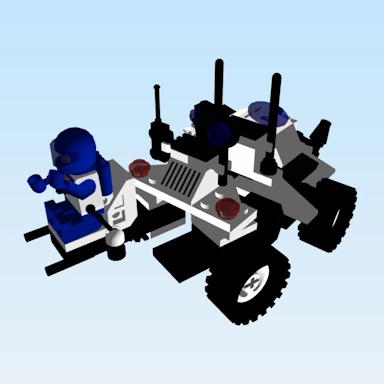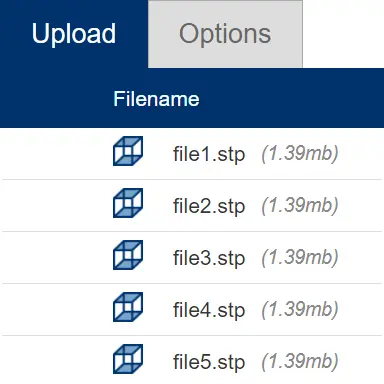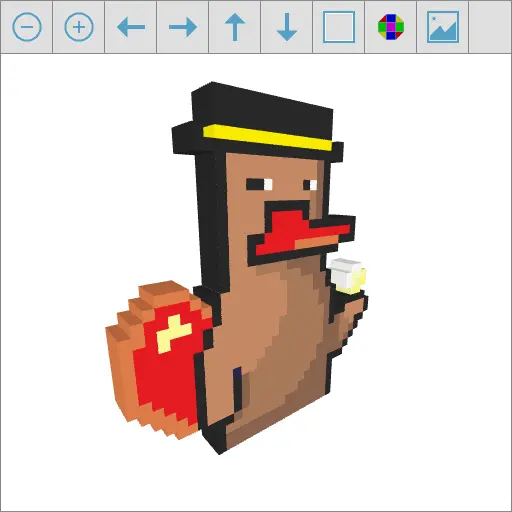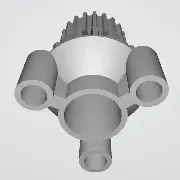How does it work?
Converting from the OBJ file format to X can be a complex process, and any tool used for this conversion process needs to be able to handle a variety of data conversion tasks as well as identify any defects within the 3D model and fix them. Here we will explain the conversion process used by our tool to accurately convert your OBJ file to a valid X 3D model. Let's start with the conversion process, which involves the following steps:
Step 1: Read the Source OBJ File
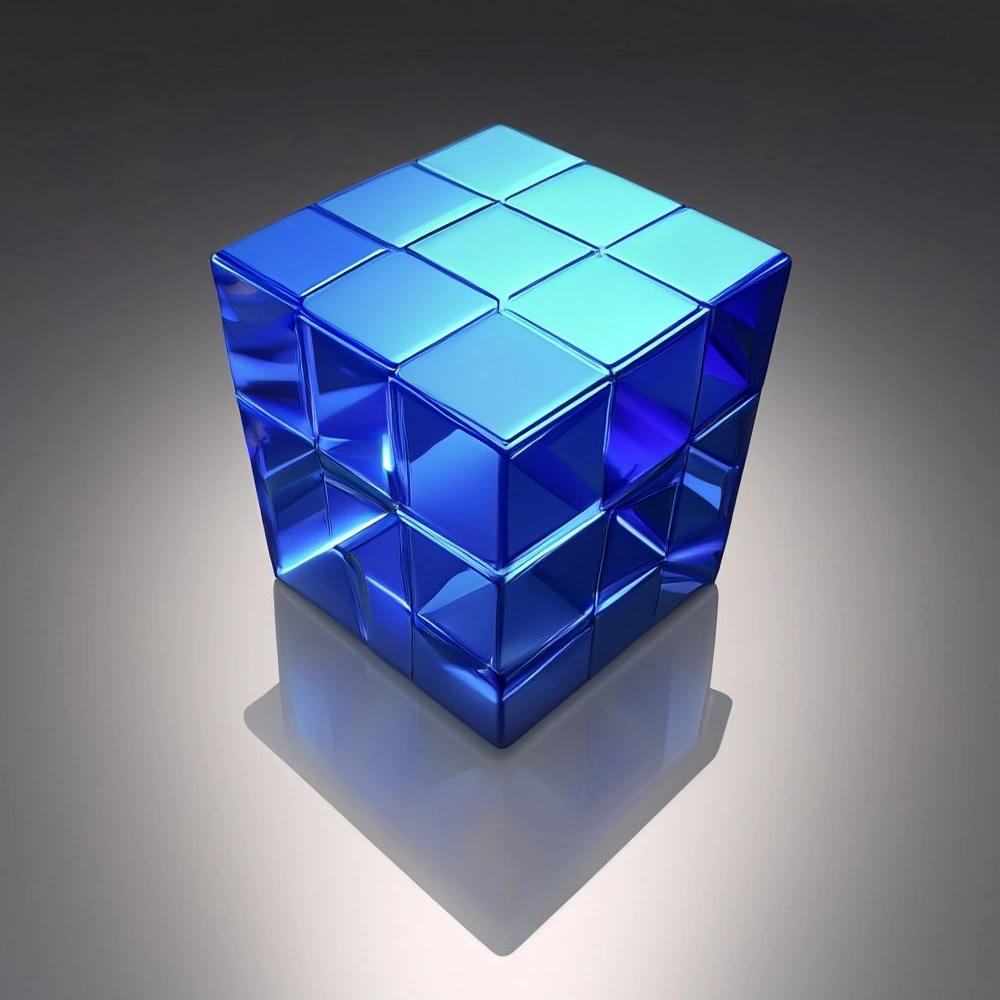
In its simplest form, an OBJ file is a plain text file containing human-readable 3D data such as vertices, faces, normals, and more. When combined, these make up the 3D model you see on your screen.
When our tool reads this 3D data, all we are interested in are the vertices, faces, normals, materials, and textures, as this is the only data that can be accurately converted into the final X file.
The OBJ file can contain data such as material definitions and textures that describe how a particular set of 3D geometry should be rendered. As we are saving to the X file format, which supports both materials and textures, our tool will attempt to parse the accompanying MTL file to determine which texture (image) files are needed. When uploading an OBJ file, please ensure you include the MTL file along with all the relevant texture files. If the MTL file is not present, the model will be processed without any materials.
For more information regarding the OBJ file format, please see this great article that goes into a lot of detail explaining the OBJ format.
Step 2: Process File Data
With the OBJ file data read, our tool generates an internal representation of the full 3D model and will attempt to fix any geometry issues encountered. Along with repairing any issues with the 3D model, the tool will remove any duplicated vertices and prepare the model for exporting to the X format.
Step 3: Saving to the X Format
With the conversion process entering its final stages, our tool now needs to take the in-memory 3D model we have created in step 2 and convert it to the X format.
Along with the completed X file, any textures that were present in the original OBJ file will be saved in either PNG or JPG format, depending on the original image format. If the original format was neither of these, for example, if your model contained a texture in the TGA format, it will be converted to a PNG.
